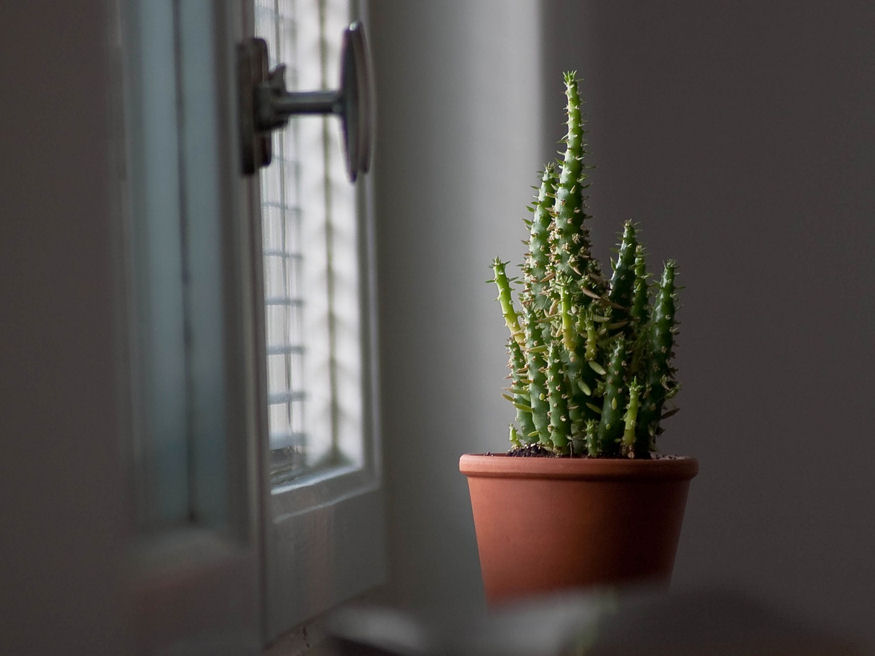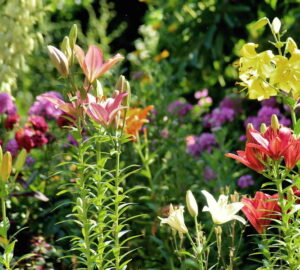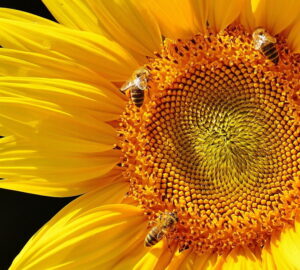As winter approaches, it’s time to prepare your beloved indoor plants for the colder months. While they may need less water, proper care is essential to keep them healthy and vibrant throughout the season. In this guide, we’ll walk you through the key steps for successful winter care, so you can continue enjoying your lush indoor garden.
Choosing the Right Location for Overwintering
As autumn winds down and the mercury drops, it’s crucial to relocate your sensitive indoor plants, flowers and herbs to a suitable winter shelter. In temperate regions, this transition typically happens around October to November, as nighttime temperatures dip below freezing. To ensure your plants thrive indoors, consider the following options:
- Bright and Cool Spaces: Sensitive plants prefer a bright, cool environment during the winter. Locate a spot with ample natural light to mimic their outdoor conditions.
- Basement Hideaway: If you have access to a basement with some daylight, it can be an ideal place for overwintering your green companions. Basements maintain a stable temperature and protect against extreme cold.
- Unheated Stairwell or Conservatory: Don’t have a basement? An unheated stairwell or a well-ventilated conservatory can also serve as a suitable shelter. Just make sure they receive adequate light.

Adjusting Your Watering Schedule
During the winter, your indoor plants experience a slowdown in their metabolic activities. Consequently, they require less water than they do in spring and summer. Overwatering can be detrimental to their health. Here’s a guideline for watering your overwintering plants:
- Reduced Frequency: Unlike the warmer months when plants can often require more frequent watering, it’s best to water your indoor plants once every one to two weeks during the winter. This allows the soil to partially dry out between waterings, preventing root rot and other moisture-related issues.
- Check the Soil: Before watering, always check the moisture level in the soil. Stick your finger about an inch into the soil; if it feels dry, it’s time to water. If it’s still moist, wait a few more days before rechecking.

Nutrient Management
While you may be accustomed to feeding your plants with liquid nutrient solutions in the growing seasons, overwintering is different. Your plants’ metabolic processes are significantly slower, and they don’t require as many nutrients. Therefore, there’s no need to provide them with additional fertilizers during this time.
Pest Prevention
During the winter, indoor plants are more vulnerable to pests due to reduced airflow and lower humidity. Keep a watchful eye on your plants for any signs of infestation, such as yellowing leaves or unusual spots. If you notice pests, address the issue promptly with the appropriate treatment to protect your plants’ health.
Nurturing Green Bliss Throughout Winter
With these winter care tips, your indoor plants will not only survive but thrive during the cold months. By adjusting your watering schedule, choosing the right location and staying vigilant for potential pest issues, you can enjoy the beauty of your indoor garden even when the world outside is blanketed in snow. Winter is a time of rest for your plants, and with the right care, they’ll be ready to burst back to life when spring arrives.









